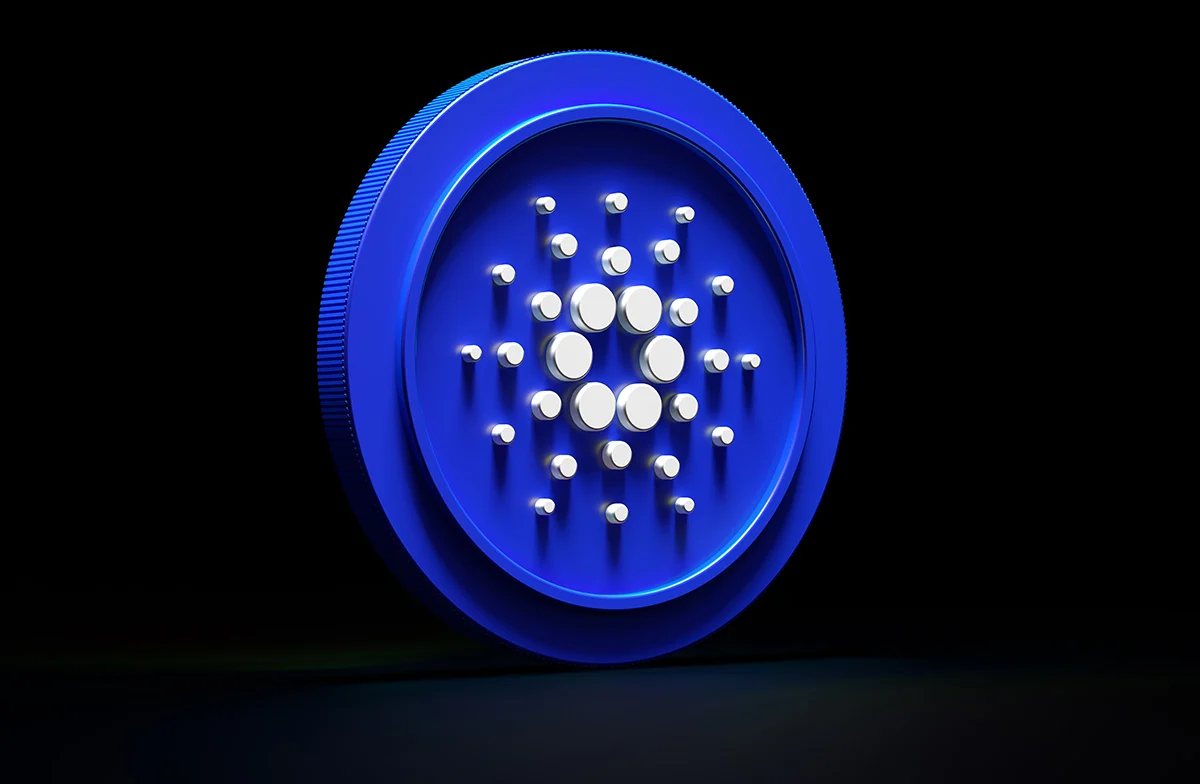TLDR
- Project Acropolis may push ADA to $0.95 with smoother node upgrades.
- Hydra adoption could lift ADA to $1.40 if dApps improve latency.
Ouroboros Leios could re-rate ADA to $2.20 with successful testnet. - Cardano may hit $3+ in 2027 if all upgrades ship and adoption grows.
A recent AI analysis forecasts that ADA, the native token of Cardano, has the potential to reach $3 by 2027, driven by key network upgrades. These upgrades, which include Project Acropolis, Hydra adoption, and Ouroboros Leios, are expected to significantly enhance the platform’s performance, scalability, and developer ecosystem. However, this price prediction hinges on successful execution and widespread adoption of these updates.
Project Acropolis: Enhancing Stability and Development Speed
Project Acropolis is a significant upgrade planned for Cardano between Q4 2025 and Q1 2026. Its focus is on modularizing the Cardano node, which is expected to reduce operational friction and make it easier to implement future features.
The modular approach aims to enhance the overall stability and cadence of updates, improving the user and developer experience. The anticipated benefits are smoother upgrades, faster development cycles, and fewer regressions, which could result in a price range of $0.70 to $0.95 for ADA.
A successful rollout of Project Acropolis could instill confidence in Cardano’s ability to deliver reliable updates and maintain a smooth user experience. However, any delays or issues during the implementation could hinder progress, causing ADA to remain closer to the $0.70 mark until improvements are visible. “The markets tend to reward stability and credible execution,” the analysis notes.
Hydra Adoption: Aiming for Low-Latency Solutions
The Hydra upgrade, expected to gain traction in 2026, focuses on Layer-2 solutions designed to improve Cardano’s scalability. Hydra introduces “heads” to provide low-latency, fast, and cheap transactions for decentralized applications (dApps). This could significantly enhance user experience and attract more developers to build on Cardano, potentially pushing ADA’s value into the $0.90 to $1.40 range, assuming major dApps integrate it successfully.
The true impact of Hydra will depend on its adoption by flagship applications. If these apps experience notable improvements in speed and cost, it could drive ADA’s price higher. However, if adoption remains slow or integration proves difficult, the price may struggle to break past $1. The AI analysis emphasizes that “Hydra’s value proposition only matters when top dApps adopt it.”
Ouroboros Leios: Scalability at the Base Layer
Scheduled for testing in late 2026, Ouroboros Leios is another critical upgrade aimed at improving the scalability of Cardano. By introducing parallelism at the base layer, Leios intends to increase the network’s capacity and efficiency.
This enhancement could make Cardano more attractive to developers by reducing congestion risks and supporting a broader set of applications. According to the analysis, successful testnet performance could push ADA’s price into a range of $1.30 to $2.20.
Leios promises to significantly improve throughput while maintaining decentralization, which could reshape how Cardano is perceived in the Layer-1 market. However, the upgrade’s success will depend on robust testnet results and smooth deployment. If Leios experiences delays or issues during rollout, it could prevent ADA from exceeding $1.20. “Markets typically reward increased capacity alongside decentralization,” the report notes.
Post-Leios and Path to $3+
If all the upgrades mentioned above are successfully implemented and adopted, Cardano could continue on a positive trajectory toward its 2027 target. Once Ouroboros Leios is live and working seamlessly, the Cardano network could enter a new phase of advanced scaling, leading ADA to a potential price range of $2.00 to $3.50. This upward trend would be driven by consistent updates, increased adoption of dApps, and a stronger developer ecosystem.
However, achieving a price above $3 will require Cardano to demonstrate consistent and reliable delivery of its upgrades. The network’s ability to convert research and technical developments into visible user impact will be crucial in this journey. Without continued execution and adoption, ADA may struggle to reach its projected highs.






